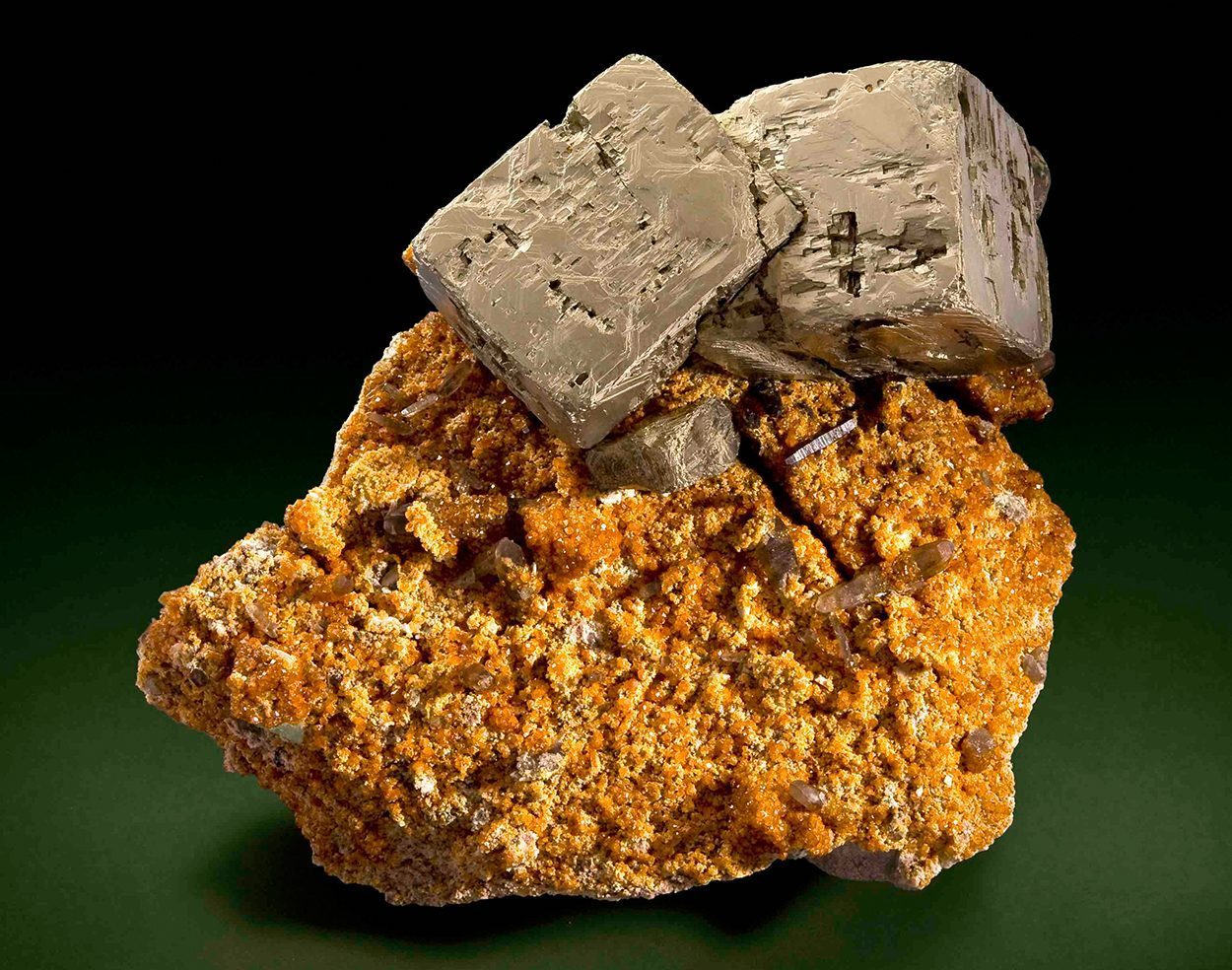
This crystal is made of pyrite – also known as fool’s gold. As researchers have now discovered, no other mineral on earth has so many different forms of formation: pyrite can form in 21 different ways.
The earth has a variety of minerals that is unique in the solar system: almost 5,800 minerals have been officially named and described so far. Many of these crystalline compounds are rare and only found in one place on earth. Others are ubiquitous and, as rock-forming minerals, have shaped the appearance and evolution of our planet. Robert Hazen of the Carnegie Institution for Science in Washington DC and his team have been the first to comprehensively study how all these minerals were formed and when.
It turned out that there are 57 “basic recipes” for mineral formation – processes and environmental influences that can result in the formation of crystalline solids. “For example, more than 80 percent of all minerals on earth are formed under the influence of water. This element is therefore crucial to the mineral richness of our planet,” says Hazen. Around half of all known minerals are also directly or indirectly linked to biological processes. 603 mineral variants would not exist without us humans – they were created by mining, fire or metal processing.
If you combine the different formation possibilities with the different variants of the crystal structure and the chemical composition, this results in 10,556 different mineral forms. “Each mineral specimen has its own story, and each is a window into Earth’s past,” says Hazen. The study also found that 59 percent of known crystals are formed in just one way. Others, on the other hand, have two or more educational paths.
The leader here is the pyrite shown here: The iron sulfide mineral, also known as “fool’s gold”, has 21 different ways of forming – more than any other mineral on our planet. The range extends from volcanic eruptions, coal fires, meteorites, high temperatures, watery environments, weathering and hydrothermal vents to microbial pathways.